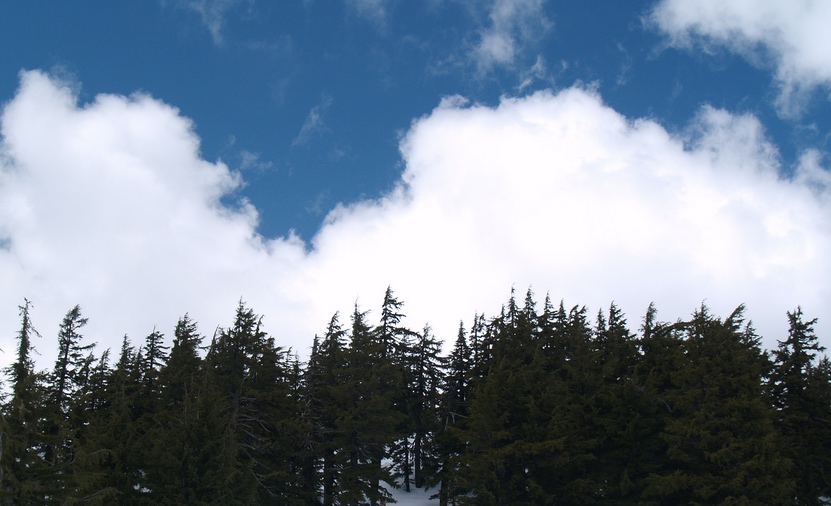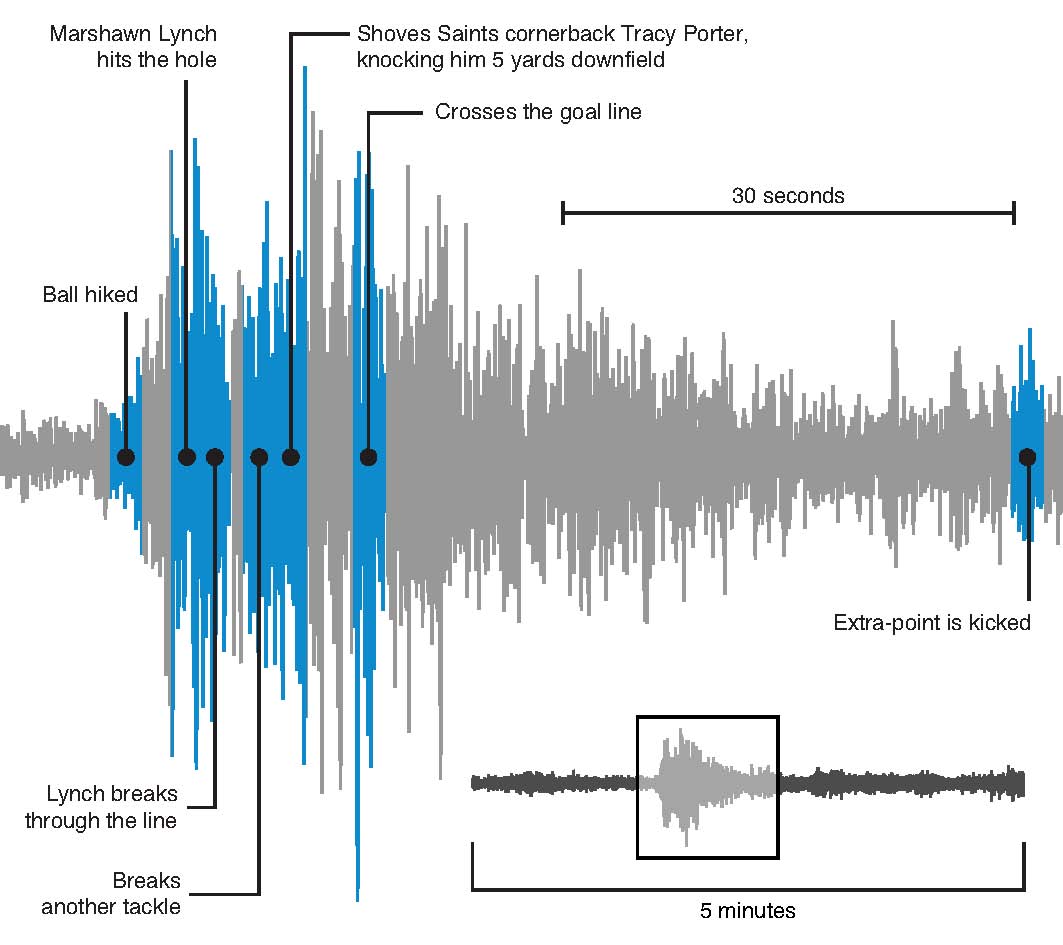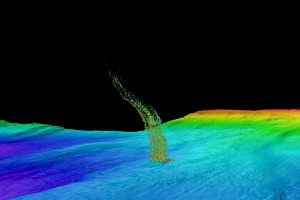Amy Snover, director of the Climate Impacts Group at the College of the Environment, has been named a White House Champion of Change. The Champions of Change program celebrates Americans who are doing extraordinary things in their community, and for Snover it focuses on her work to enhance climate education and literacy in classrooms and communities across the country. She traveled to the White House for a ceremony on February 9th, and wrote a blog post for the honor titled Building Climate Resilience through Action Today.
Read more »UW researchers prep for the next Cascadia megaquake
Earth and Space Sciences’ Frank Gonzalez, John Vidale, and Arthur Frankel, along with other scientists from across the University of Washington, are teaming up to better prepare our region for the next massive megaquake off the Pacific Northwest coast. Their efforts include designing the first tsunami evacuation structure in the United States, development of a campus-wide research project on major earthquakes, and the upcoming rollout of early earthquake alerts.
Read more at UW Today »Could brighter clouds offset warming caused by greenhouse gas emissions?
Atmospheric Sciences’ Tom Ackerman and Rob Wood recently contributed to a proposal that would test the effectiveness of spraying sea-salt particles into marine clouds in order to make them brighter. According to The Economist, cloud physicist John Latham hypothesized that brighter clouds could cool the Earth enough to compensate for increased warming caused by greenhouse gas emissions in 1990. Several decades later and with the help of the two UW scientists, field tests on the subject could come to fruition.
Read more at The Economist »How the ‘Beast Quake’ is helping scientists track real earthquakes
It’s not just the football players who have spent a year training. University of Washington seismologists will again be monitoring the ground-shaking cheers of Seahawks fans, this year with a bigger team, better technology and faster response times. Scientists with the Pacific Northwest Seismic Network will install instruments this Thursday to provide real-time monitoring of the stadium’s movement during the 2015 NFL playoffs.
Read more at UW Today »Warmer Pacific Ocean could release millions of tons of seafloor methane
Off the West Coast of the United States, methane gas is trapped in frozen layers below the seafloor. New research from the University of Washington shows that water at intermediate depths is warming enough to cause these carbon deposits to melt, releasing methane into the sediments and surrounding water. Researchers found that water off the coast of Washington is gradually warming at a depth of 500 meters, about a third of a mile down.
Read more at UW Today »





